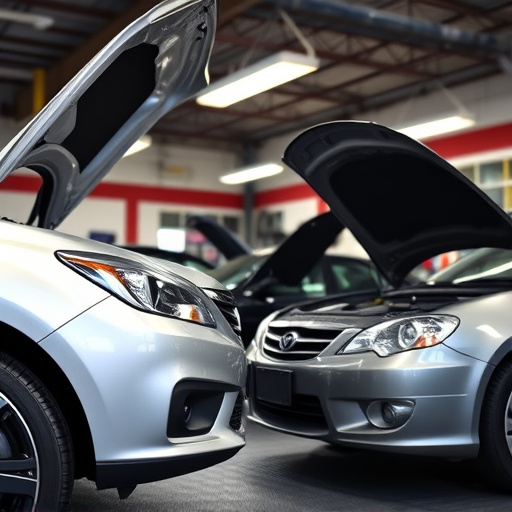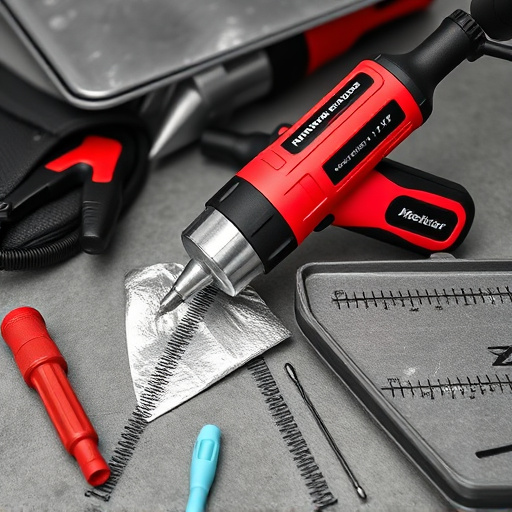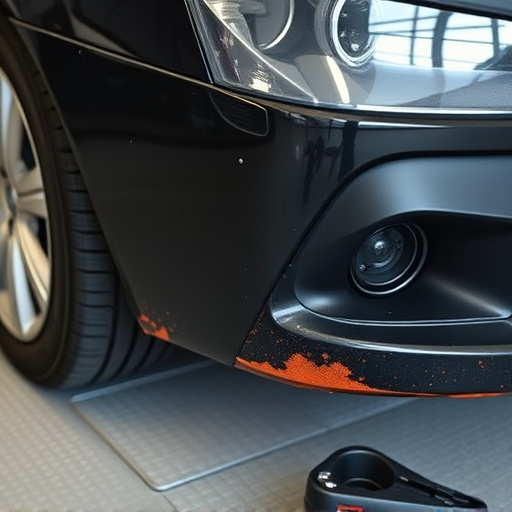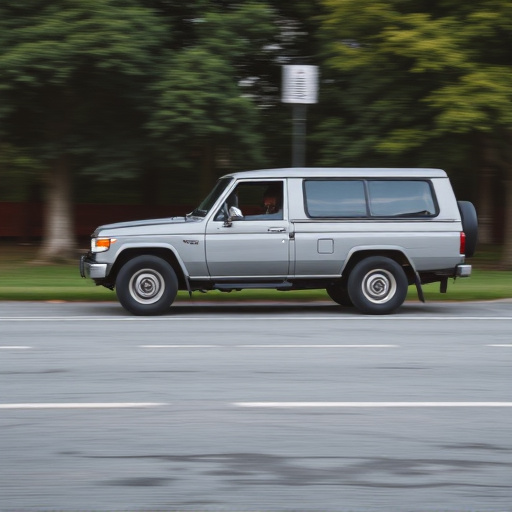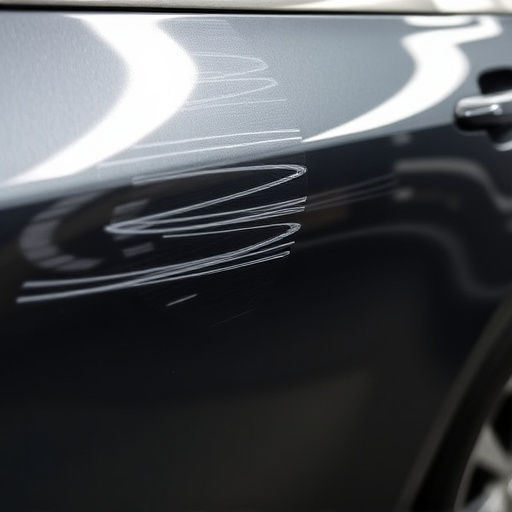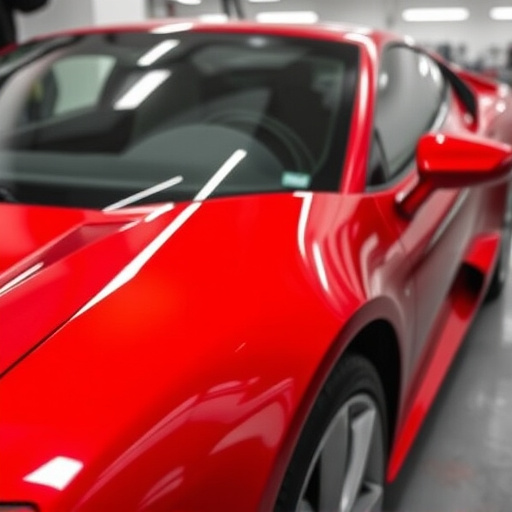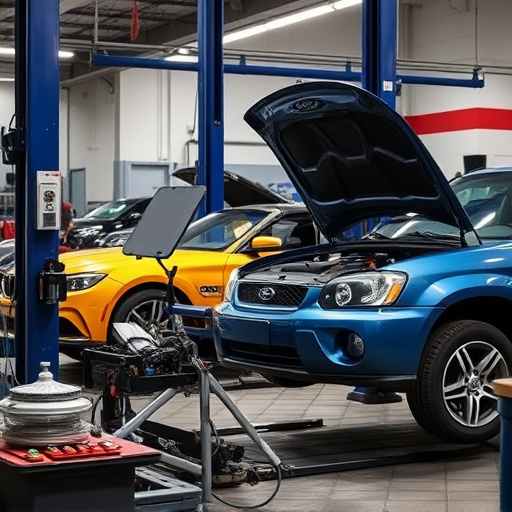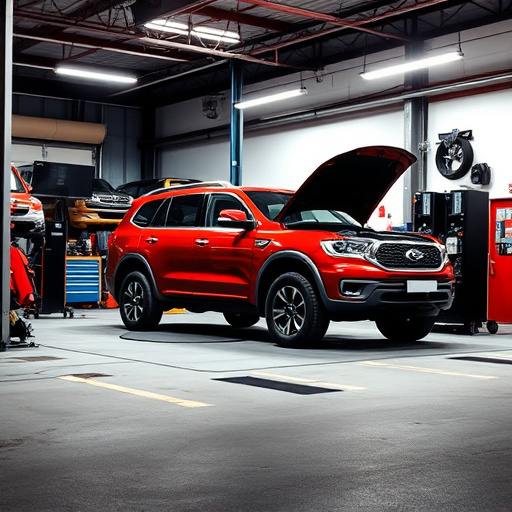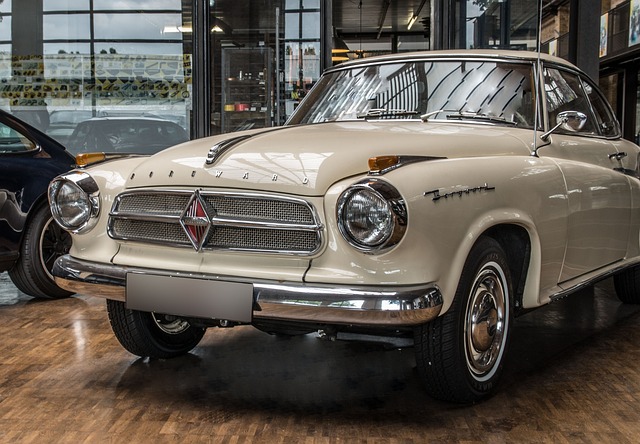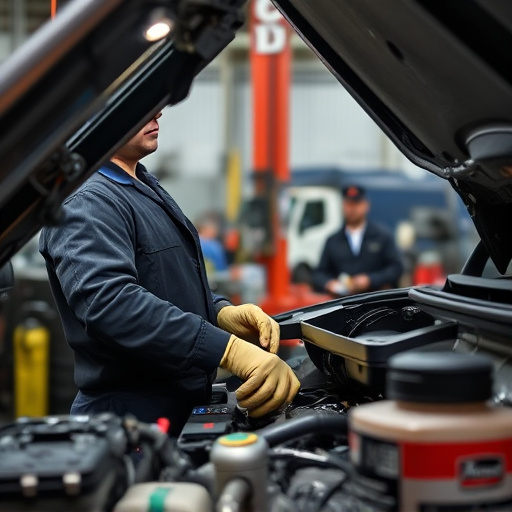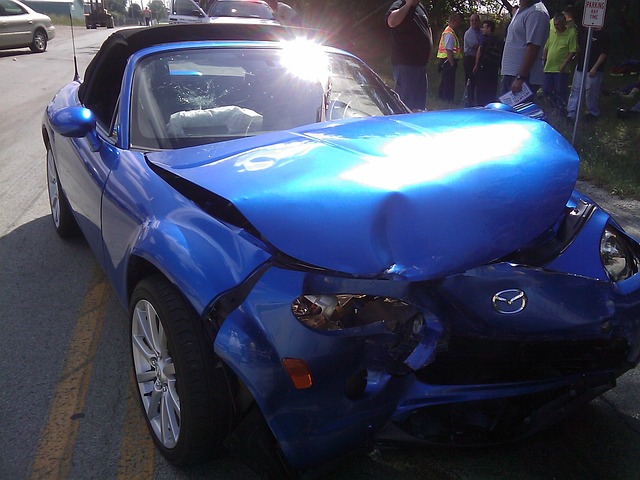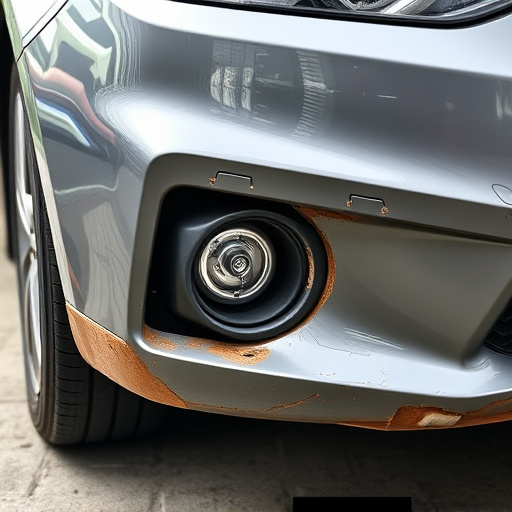Tesla-approved adhesives are essential for corrosion prevention in automotive structures, especially with dissimilar metal bonding. They ensure durability and safety during collision repair and auto body work, meeting the high standards of electric vehicles by guarding against metal fatigue and structural failure. Selection based on chemistry enhances their effectiveness.
Tesla vehicles are renowned for their cutting-edge technology, but maintaining corrosion-free connections between dissimilar metals remains a challenge. Enter Tesla-approved adhesives—a game-changer in automotive bonding. This article explores how these specialized adhesives prevent corrosion, enhancing the longevity of Tesla’s electric power trains and structural integrity. We delve into the science behind dissimilar metal bonding and provide practical guidance on selecting the right Tesla-approved adhesive for optimal performance.
- Tesla-Approved Adhesives: The Corrosion Solution
- Dissimilar Metal Bonding: A Deep Dive
- Preventive Measures: Choosing the Right Adhesive
Tesla-Approved Adhesives: The Corrosion Solution
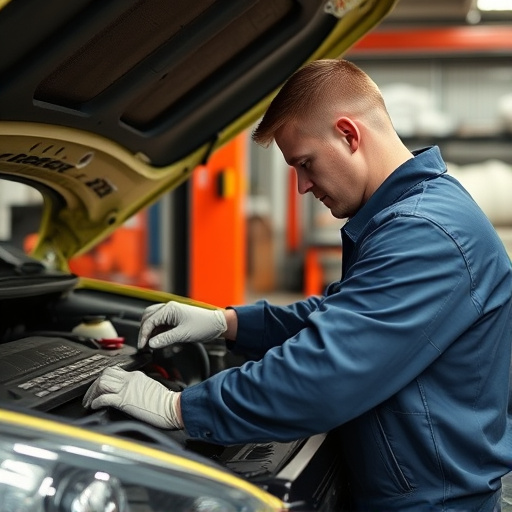
Tesla-Approved Adhesives: The Corrosion Solution
In the pursuit of durability and reliability, Tesla has set a new standard for automotive innovation. Among their advancements is the focus on corrosion prevention between dissimilar metals in car bodywork services and collision damage repair. The key lies in Tesla-approved adhesives, which not only enhance structural integrity but also safeguard against rust formation. These specialized adhesives play a pivotal role in ensuring that every vehicle component, from intricate fender repairs to complex body panels, remains protected.
By utilizing these advanced adhesive solutions, Tesla ensures that their vehicles maintain exceptional aesthetics and performance over time. The adhesive technology is meticulously engineered to bridge the gap between different metal alloys, creating a strong bond that prevents galvanic corrosion. This is particularly crucial in the dynamic environment where cars are exposed to varying weather conditions and potential collision damage repair scenarios, making it an indispensable aspect of modern vehicle manufacturing and maintenance.
Dissimilar Metal Bonding: A Deep Dive
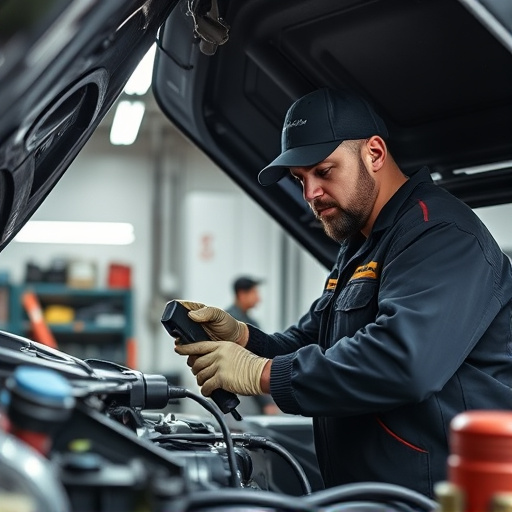
Dissimilar metal bonding involves joining two or more metals with different chemical properties and characteristics. This process is critical in various industries, including automotive, where Tesla-approved adhesives play a pivotal role. When it comes to auto glass repair or intricate autobody repairs, ensuring a strong bond between dissimilar metals is essential for structural integrity and longevity.
These specialized adhesives are designed to prevent corrosion, even in challenging environments. By understanding the chemistry behind bonding different metals, professionals can choose the right Tesla-approved adhesive for specific applications, enhancing the durability of auto repair services. This technology ensures that joints between various components, such as metal panels or components with differing alloys, remain robust and resistant to the elements.
Preventive Measures: Choosing the Right Adhesive
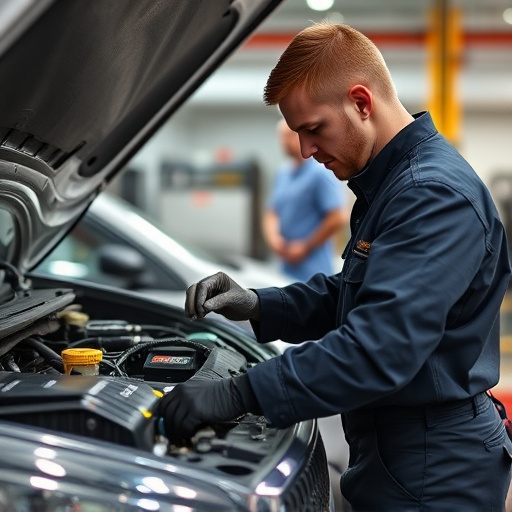
When it comes to preventing corrosion between dissimilar metals in a Tesla or any vehicle, choosing the right adhesive is paramount. Tesla-approved adhesives are specifically engineered to meet the demanding standards of electric vehicles, ensuring not only strong bonding but also protection against the corrosive elements that can compromise structural integrity over time.
These specialized adhesives play a crucial role in car collision repair and auto body shop processes, offering long-lasting solutions for various types of car damage repair. By selecting Tesla-approved products, professionals can ensure the longevity and safety of the vehicle’s structure, preventing future issues such as metal fatigue or structural failure caused by corrosion.
Tesla-approved adhesives play a pivotal role in preventing corrosion between dissimilar metals, ensuring longevity and optimal performance in automotive construction. By understanding the science behind dissimilar metal bonding and selecting the appropriate adhesive, manufacturers can create robust, long-lasting vehicles. Choosing the right Tesla-approved adhesive is crucial for protecting against environmental factors and moisture, ultimately preserving the vehicle’s structural integrity and aesthetic appeal.
